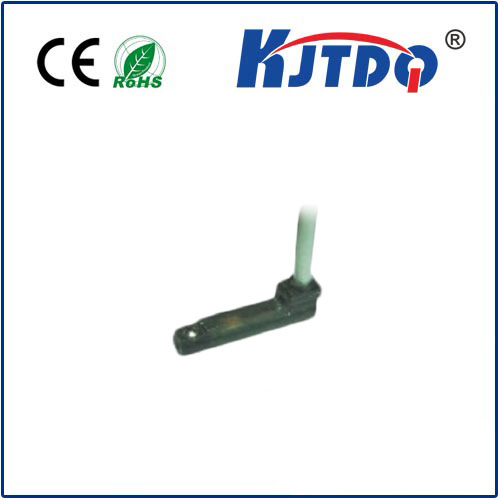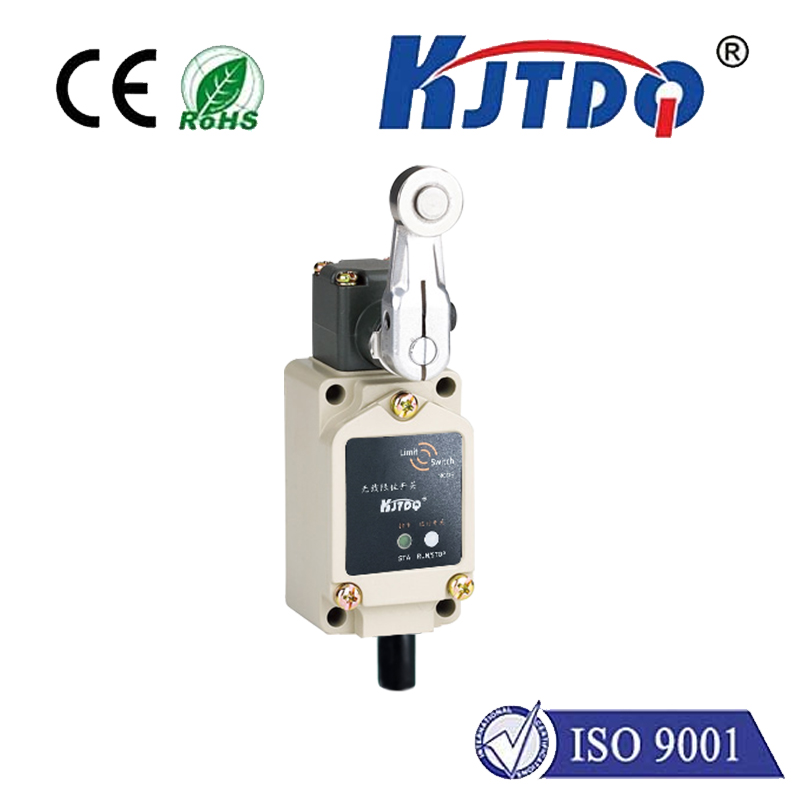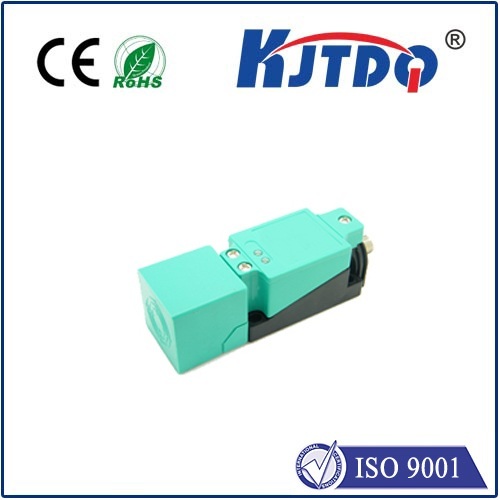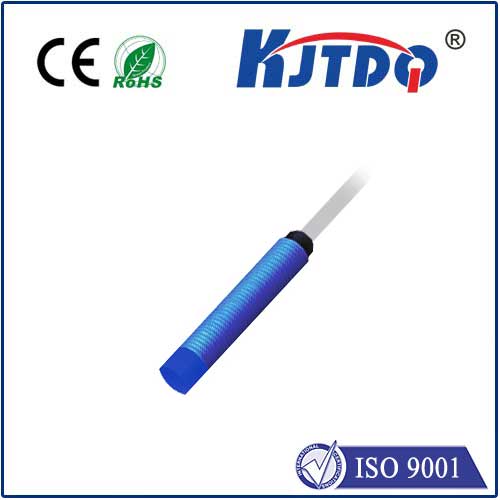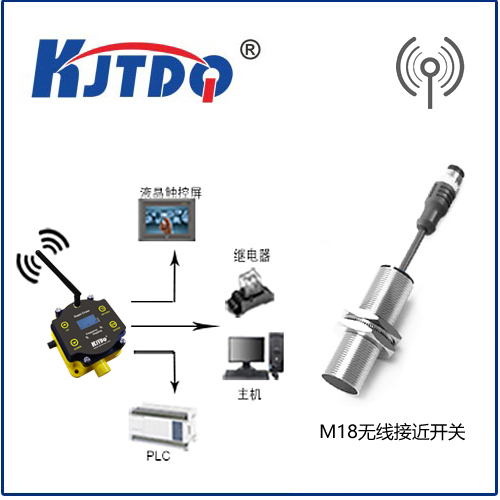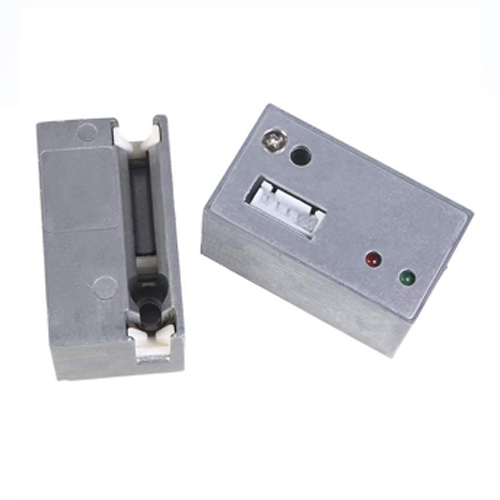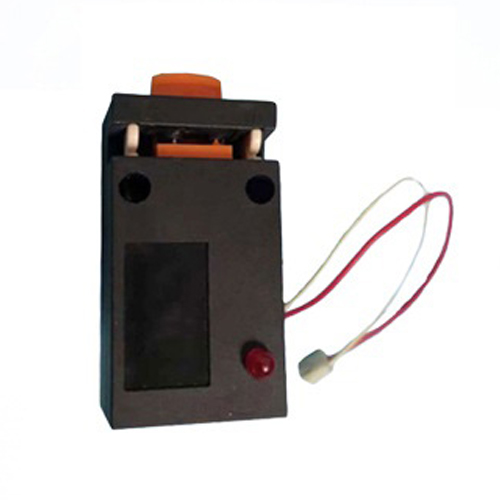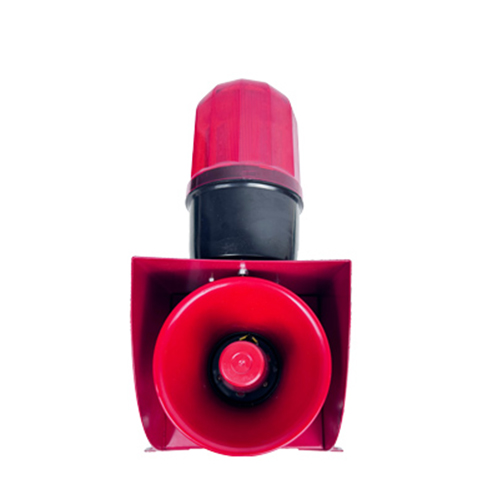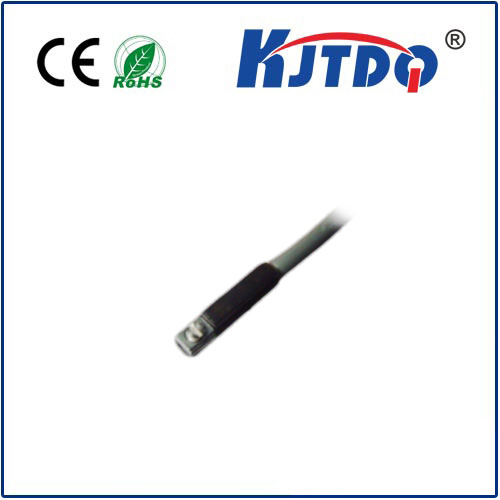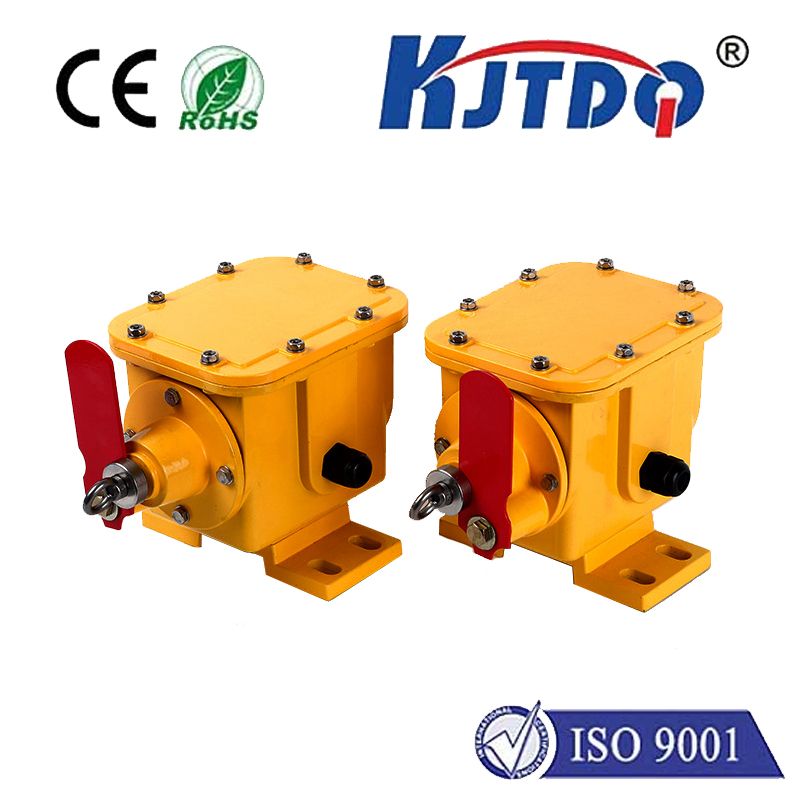E3FB-RP21 background suppression photoelectric sensor
- time:2025-10-09 10:55:07
- Нажмите:0
E3FB-RP21: Master Complex Detection with Background Suppression Precision
Imagine a bustling assembly line: boxes of varying colors and reflectivities whizz by, conveyor belts rumble, and intricate machinery operates with lightning speed. Reliably detecting each object, regardless of its surface finish or what lies behind it, isn’t just a convenience – it’s critical for preventing jams, ensuring quality control, and maintaining peak efficiency. In such demanding industrial environments, standard diffuse sensors can stumble, confused by inconsistent light reflection. This is where the E3FB-RP21 Background Suppression Photoelectric Sensor steps into the spotlight, offering a sophisticated solution for challenging detection tasks where precision is non-negotiable.
Understanding the Challenge: When Diffuse Sensors Aren’t Enough
Standard датчик диффузного отражения combine the emitter and receiver in one housing. They detect an object when light, bounced off the target, returns to the receiver. However, their performance heavily depends on the target’s color, texture, and reflectivity. A shiny black object might reflect less light than a matte white one, causing unreliable detection. More critically, they struggle with detecting objects close to reflective backgrounds; they can’t easily distinguish between the target and the background surface itself. Think of trying to detect a dark component sitting on a shiny conveyor belt – confusion is likely.
The E3FB-RP21’s Ingenious Solution: The Power of *Background Suppression*
The E3FB-RP21 belongs to a specialized category: background suppression (BGS) photoelectric sensors. Unlike diffuse sensors, BGS sensors possess an advanced optical triangulation principle:

- Focused Beam: The sensor emits a precisely focused beam of light towards the target area.
- Triangulation: The reflected light hits the sensor’s receiver element (often a position-sensitive detector or PSD) at an angle.
- Distance Differentiation: Crucially, the angle at which the reflected light hits the receiver depends on the distance of the reflecting surface. Light reflected from a closer object hits the receiver at a different point than light reflected from an object farther away.
- Intelligent Suppression: The E3FB-RP21 is calibrated to recognize a specific sensing distance range. It effectively ignores or suppresses signals emanating from surfaces beyond a predefined set distance – the background. Only objects present within this defined, adjustable range trigger the sensor’s output.
This sophisticated technology makes the E3FB-RP21 remarkably immune to:
- Varying Target Reflectivity: Whether dealing with matte black rubber, glossy plastic, or transparent glass, the sensor focuses on presence within its range, not the amount of light reflected. Detection reliability skyrockets.
- Reflective Backgrounds: It can accurately detect objects resting on highly reflective surfaces (like stainless steel conveyors or polished metal guides) or even distinguish objects placed very close to walls or machinery structures. The background “disappears” from its perception zone.
- Color Changes: While extreme contrasts can still pose minor challenges, BGS handles typical color variations encountered in factory settings far better than standard diffuse or retro-reflective sensors.
Why Choose the Omron E3FB-RP21? Key Advantages
Omron, a leader in industrial automation, designed the E3FB-RP21 with features that make it stand out for practical application:
- Precise Sensing Range: Offers a reliable and clearly defined detection zone, crucial for applications requiring positional accuracy.
- Superior Background Immunity: Excels at ignoring problematic backgrounds, a core benefit of the background suppression principle integral to its design.
- High Resistance to Target Color/Texture: Delivers consistent performance regardless of whether the target is matte, glossy, transparent (within limits), dark, or light.
- Compact M12 Housing: Its small size facilitates easy integration into space-constrained machinery layouts.
- Built-in Sensitivity Adjustment (Potentiometer): Allows field technicians to fine-tune the sensing distance and optimize performance for the specific object and background conditions without complex setup tools.
- Robust IP67 Rating: Provides excellent protection against dust ingress and water jets, ensuring longevity in harsh industrial settings. This is vital for sensors often exposed to washdowns or dusty environments.
- Snap-in Mounting: Simplifies installation and adjustment, reducing downtime during setup or maintenance.
- Reliable Electrical Connection: Features an M12 4-pin connector for dependable power and signal transmission.
Applications Where the E3FB-RP21 Shines
The unique capabilities of background suppression photoelectric sensors like the E3FB-RP21 make them indispensable in numerous sectors:
- Packaging Lines: Detecting boxes, cartons, or products of varying colors reliably as they move down conveyors, even if positioned near shiny metal guides or rollers. Ensuring accurate counting, fill-level control, or label presence verification.
- Перевозка материалов: Monitoring the presence of pallets, totes, or containers, especially those placed directly on the floor or on reflective racking systems. Critical for automated storage and retrieval systems (AS/RS) and warehouse automation.
- Automotive Assembly: Verifying the correct placement of components (often dark or oddly shaped) onto car bodies or sub-assemblies, regardless of underlying reflections from painted surfaces or metal.
- Electronics Manufacturing: Detecting PCBs (printed circuit boards) through holes or on carriers, sensing components with different finishes, and ensuring precise positioning during assembly or test processes.
- Bottle/Cap Handling: Distinguishing clear or colored bottles from conveyor backgrounds and reliably detecting caps (often black plastic) placed on bottles.
- Machine Tooling: Monitoring tool presence or workpiece positioning within fixtures that may have reflective elements.
- Transparent Object Detection: While challenging for all optical sensors, background suppression can sometimes detect the leading/trailing edge of glass or clear plastic containers against a controlled contrasting background better than standard diffuse modes.
Installation and Setup Tips for Optimal Performance
Maximizing the E3FB-RP21’s effectiveness requires thoughtful installation:
- Angle Considerations: Mount the sensor perpendicular to the target surface whenever possible for the strongest return signal. Avoid severe angles.
- Background Distance: While designed to suppress backgrounds, ensure the actual background is positioned significantly beyond the sensor’s maximum set sensing distance. Avoid reflective surfaces immediately behind the intended detection zone.
- Fine-Tuning is Key: Utilize the built-in potentiometer. Adjust the sensitivity while presenting the target object in its typical operating position to establish the optimal detection point. Reprogram the sensitivity if the background changes significantly.
- Stable Mounting: Secure the sensor firmly to prevent vibration from causing false triggers or signal drift.
- Environmental Factors: Be mindful of extreme ambient light sources (direct sunlight, welding arcs) that could potentially interfere with the sensor’s beam. Clean lenses periodically if dust or grime accumulates.
The E3FB-RP21: Solving Complex Detection with Elegant Simplicity
When standard sensing approaches fall short due to tricky backgrounds, inconsistent surfaces, or the need for precise positional awareness, the E3FB-RP21 Background Suppression Photoelectric Sensor emerges as a robust and intelligent solution. Its sophisticated triangulation principle, implemented within a compact, rugged package, empowers engineers and technicians to achieve unprecedented reliability in demanding automation tasks. By

